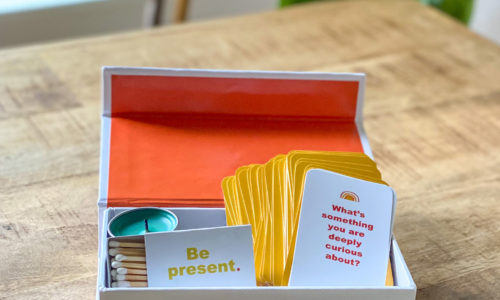When Jeff and I started Acton Academy, we wondered how we could prove learning beyond simply giving a test, the antithesis of a learner driven experience.
In addition to the portfolios of work and online dashboards giving detailed data, what would be more powerful and truly learner driven to prove progress?
We visited High Tech High in San Diego and experienced the impressive exhibitions of student projects. We’d also seen how the Children’s Business Fair played out as the perfect prototype of learner driven assessment: Did you make a profit? Could you do the math in your head to give correct change? Were your customers satisfied? Did you create signs and advertisements that were legible and persuasive? How will you improve for next year?
With these ideas in mind, we designed Acton’s exhibitions of learning to take place at the end of each session (every five to six weeks) as real-world “tests.” These events would be designed and carried out by the Eagles themselves as an additional layer of learning and to ensure they were truly learner driven. (This may be the hardest element, by the way, for us control-loving adults. It’s painful not to tidy up a project or direct the details of a performance when you know all the parents are about to show up!)
Here’s a taste of Acton Exhibitions:
- A play written about the Hero’s Journey, marketed, produced, and performed by the children.
- A writers’ café with children arranging the room, creating a printed program, welcoming guests, serving lemonade, and then reading their poetry aloud to a community audience.
- A physics competition of simple machines, with the winning team (voted on by guests) getting its design built into a life-size playground addition on campus.
There is a caveat I give parents prior to each exhibition: be prepared to see failure and struggle. Exhibitions are meant to display the grueling process of learning rather than a polished end product. In addition to letting the Eagles shine, they also let them experience the real-world consequence of procrastinating or not giving one’s best – which may be the most important learning of all.
The day after the exhibition is critical. This is when Eagles gather in their studios to reflect on what worked, what didn’t and how they will change their strategy to improve for the next event. Experiential learning is nothing without time built in for reflection. This is when we remember the journey goes on forever and the learning never ends. (Thanks to Robert Earl Keen for the word choice inspiration.)


